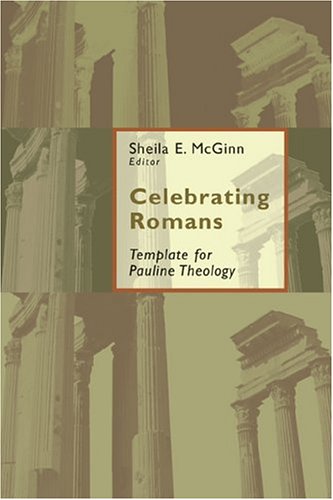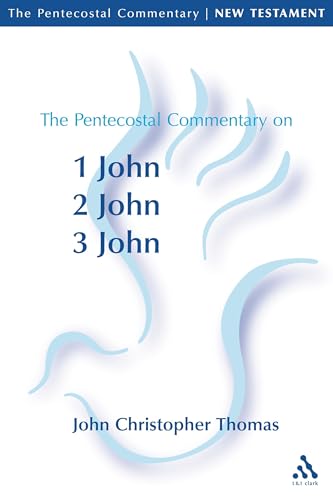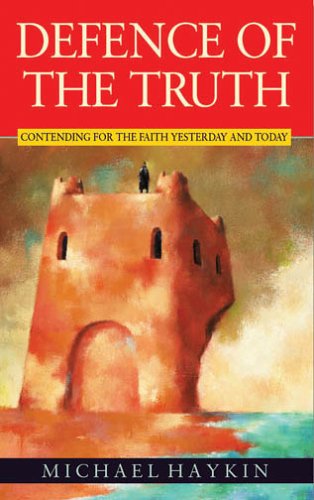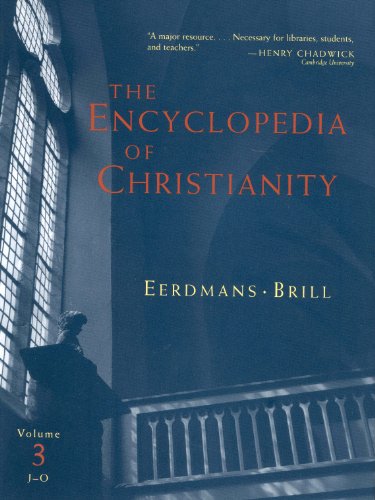HOMICIDE IN THE BIBLICAL WORLD
Written by Pamela Barmash Reviewed By Jonathan BurnsideThis book analyses the treatment of homicide in the Hebrew Bible. It is very welcome, not least because Barmash appreciates the need for biblical law to be read in its literary, social and ancient Near Eastern (ANE) context. She rightly recognizes that biblical narratives can be used as a means of accessing key aspects in law that are not necessarily included in legal texts (e.g. David’s encounter with the woman of Tekoa) and makes sustained comparisons between biblical and cuneiform law (principally Sumerian, Akkadian and Hittite texts). She also considers legal records from the ANE, as well as the formal legal collections. Her overall argument is that the biblical approach to homicide is directly linked to the ‘unique’ social structure and religion of ancient Israel.
A very short opening chapter on Cain and Abel introduces the book’s major themes. Barmash considers the role of the blood feud in regulating homicide, claiming that this did not operate elsewhere in cuneiform law. She contrasts the operation of strong kinship ties in ancient Israel where ‘the family acted as a mutual aid society’ with ‘a heavily urban and centralised Mesopotamia’ in which bureaucracy had control (50). The third chapter sketches the history of the development of asylum and analyses the cities of refuge. Barmash is sceptical of an eight-century bc date for the key legal texts relating to the altar asylum. Chapter four considers the ritual dimensions of homicide. Barmash sees a further contrast between biblical and cuneiform law, claiming the biblical belief that shed blood is a dangerous and polluting substance that affects the nation as a whole is generally absent from ANE sources. Chapter five examines the typologies of homicide in biblical laws and narratives. Her argument at this point would be considerably strengthened by engaging with Jackson’s analysis of the laws of homicide (Studies in the Semiotics of Biblical Law). Chapter six addresses the lex talionis (‘an eye for an eye’) noting that this was a principle of equivalence, with some restitutionary content. Chapter seven addresses the question of whether there were general assumptions about the treatment of homicide in the ANE, including ancient Israel, by reference to inter-territorial law (the case of a citizen of one territory slain in another). The book closes with a concluding chapter which emphasizes the differences between biblical and cuneiform law.
Some of Barmash’s general claims may be disputed. The author makes some questionable assumptions about the nature of biblical law claiming, for example, ‘For the Bible, justice is grounded in actual cases … [whereas] for cuneiform law, justice is abstract: It is articulated in conventional cases that shy away from complexity’ (10). This seems to downplay the various senses in which biblical law is presented as a scribal activity, with links to the wisdom genre, and the extent to which it presents ‘typical’ or ‘paradigm’ cases. She also avers ‘the biblical legal texts were intended to offer directives to an actual court’ (146). However, this overlooks the way in which homicide texts such as Exodus 22:2–3 appeared to function primarily as a means of self-regulation between the parties concerned. Barmash over presses the texts when she concludes that only homicide caused by direct physical assault is subject to legal action. If we take texts such as Numbers 35 as examples of ‘wisdom-law’ then we cannot say that cases in which murder is caused less directly, albeit intentionally, are excluded. Other odd remarks include the statement that ‘rarely does physical evidence play a significant role in biblical law’ (124) which overlooks its prevalence in, for example, the biblical law of theft. Finally, for a work focused exclusively on homicide in the Hebrew Bible, there is surprisingly little discussion of key texts such as Genesis 9:5–6 (which preserve ambiguity regarding who is responsible for responding to homicide) and Moses’ killing of the Egyptian and subsequent flight to Midian (Exod. 2) is ignored. Such texts could have usefully informed the argument, at various points.
Nevertheless, this is a valuable book, with a rich bibliography. The book’s greatest strength is its sustained interaction with ANE material. Regardless of whether one agrees with Barmash’s conclusions regarding the ‘uniqueness’ of biblical law, she does demonstrate the usefulness of the comparative method, when used judiciously. As such the book points clearly to the need for further research that explores specific offences in biblical law in the light of ANE legal materials.
Jonathan Burnside
Bristol University







